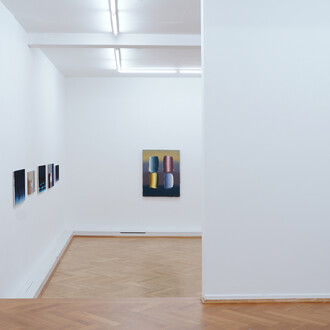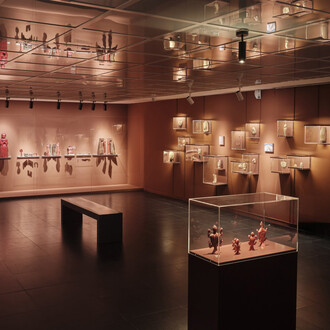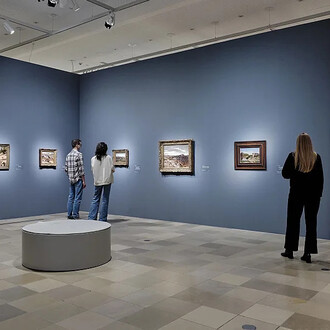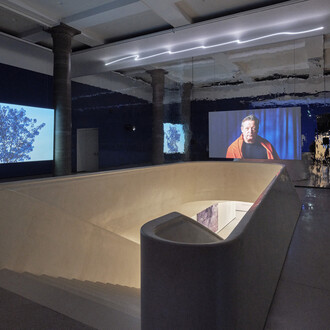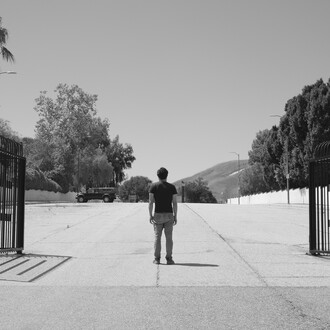The expansion of the universe is a much-discussed point of contention in the sciences. Astrophysicists and astronomers have found themselves confronted with it over the last two decades more so than ever. The dilemma dubbed Cosmic Confusion and approaches to its solution not only point the way ahead for research, but also for our understanding of ourselves as human beings. In 1959 Pierre Teilhard de Chardin wrote on the findings on biological space-time: “Slowly, over the last a century and a half, what is possibly the most wonderful event witnessed in human history since the step towards the consciousness of the self has been occurring in our minds: Consciousness has for all eternity gained access to a context of new dimensions; (...)”[1]Miscalculations, discrepancies when it comes to measurement results, and new theories on dark matter and multiverses have since shown us time and again that our knowledge horizon is limited.
The solo exhibition “Cosmic Confusion” presents new works of the eponymous series by artist Sandra Kranich. For her new work series the artist has digitized and collaged all of her drawings created since the 1990s, then issued these as large format prints. We here find organic elements combined with graphic structures, depictions of plants are expanded by stereometric architectural shapes and formations. Smoke drawings that dominate the format are superimposed with graphite and ink fragments. The multitude of elements and their arrangement conveys the impression that what is central here is not the single image, but that the works instead hold the potential of almost endless arrangements, in an analogy to an expansion of space and time.
In the exhibition these works are juxtaposed with others from the series “Compact Time” created in 2012. The sculptures – golden cuboids, pressed from burnt pyrotechnic articles, tin cans, electric cables, lighters, ladders and steel ropes – compress time and space. They are both the result and a relic of a monumental firework sculpture created in Zürich and activated in a pyrotechnical choreography. Sandra Kranich, a trained pyrotechnician, employs the medium of the firework as an extension of drawing in three-dimensional space. She is particularly interested in the traces that remain after the spectacle and which serve as testimony to the process. The compact time capsules leave us with a feeling of unease: On the one hand they appear like batteries that store energy and dispense this in a regulated way, yet they also have a certain sense of being uncontrollable devices that could explode at any given moment.









